Structural Resilience of RC and Masonry Buildings
5 April 2023
In this two-days webinar organized by the UNESCO Chair in DRR&RE at UCL, we will discuss the structural resilience of Reinforced Concrete (RC) and Unreinforced Masonry (URM) buildings. We will focus on retrofitting design and good practice examples across different countries
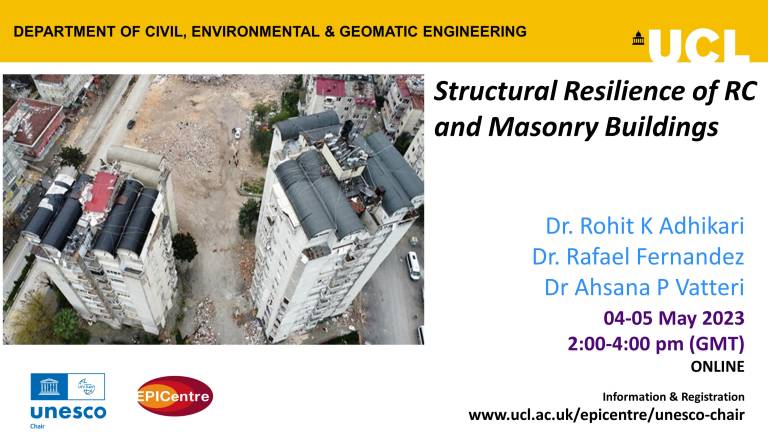
This is a 2-day course on structural resilience against seismic hazard. The course will introduce the fundamentals of retrofitting design based on the most accepted international codes. Common RC and URM building types will be presented and the type of damages that these building types in experienced in previous earthquakes will also be discussed.
On Day 2, different techniques for retrofitting will be presented for each typology, emphasizing the type of deficiency that is targeted to be improved. A number of retrofitted buildings that have shown good performance in recent earthquakes will be examined. The audience are encouraged to participate in discussions and Q&A throughout the course.
Schedule
Session 1 – May 4th, 2023
2:00pm Introduction
2:10pm Fundamentals/strategy of retrofitting design
2:30pm URM building types, deficiencies, and observed damages
3:10pm Break
3:20pm RC building types, deficiencies, and observed damages
Session 2 – May 5th, 2023
2:00pm Adobe buildings retrofitting in Colombia
2:20pm URM retrofitting techniques
2:50pm Break
3:00pm RC retrofitting techniques
3:20pm EQ resilient retrofitted building example in Turkey
3:30pm Reactors panel and conclusions
Relevant references
- ASCE, & SEI. (2017). Seismic evaluation and retrofit of existing buildings - ASCE 41-17.
- FEMA (2006). Techniques for the Seismic Rehabilitation of Existing Buildings FEMA 547.
- European Commission. (2005). Eurocode 8: Design of structures for earthquake resistance.
- International Code Council. (2021). International Building Code (IBC).
Presenters’ biography
Dina D’Ayala, PhD
University College London
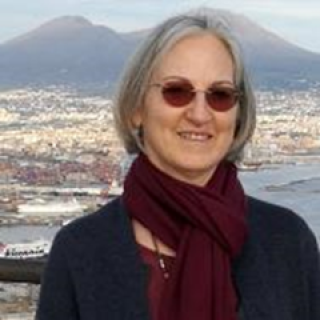
Dina D’Ayala is the UNESCO Chair in Disaster Risk Reduction and Resilience Engineering at University College London and a Professor of Structural Engineering within the Department of Civil, Environmental and Geomatic Engineering. She is the head of Civil Engineering and Co-Director of the Earthquake and People Interaction Centre, EPICentre. She is a director of the International Association of Earthquake Engineering (IAEE) and a Fellow of the Institution of Civil Engineers (ICE). Her specialism is Structural Resilience Engineering with particular emphasis on the assessment, strengthening, preservation and resilience of existing buildings, structures, transport infrastructure and cultural heritage. She is the chief scientist of the Global Program for Safer Schools (GPSS) of World Bank. She has developed FaMIVE (Failure Mechanism Identification and Vulnerability Evaluation) for masonry structures and she as led the development of the GEM Analytical Vulnerability Assessment method for low-medium rise buildings.
Juan Carlos Reyes, PhD
Universidad de los Andes
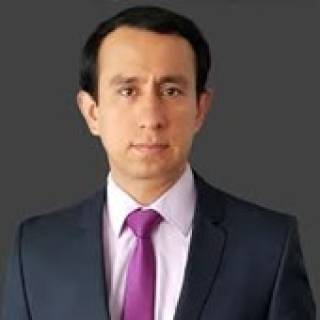
Dr. Reyes is currently associate professor and director of the Research Center on Civil Infrastructure CIMOC. He obtained his Civil Engineering degree from Universidad Industrial de Santander (UIS) in 1998 and his Master of Science degree in Structural and Earthquake Engineering from Universidad de los Andes in 2002. In 2009, he completed his doctorate studies at University of California, Berkeley. He has received many awards including Summa Cum Laude bachelor degree, Undergraduate Laureate Thesis, Master Degree with Honors, Fulbright scholarship, 2019 Teaching Distinction, and 2018 Best Paper Award (given by an ASCE journal). He has published more than 115 research papers in technical journals, conference proceedings and books’ chapters. He is member of various professional associations including the Colombian Earthquake Engineering Association (AIS), the Colombian Association of Structural Engineers (ACIES), the American Institute of Steel Construction (AISC), and the Colombian Institute of Steel Construction (ICCA).
Rohit K Adhikari, PhD
University College London
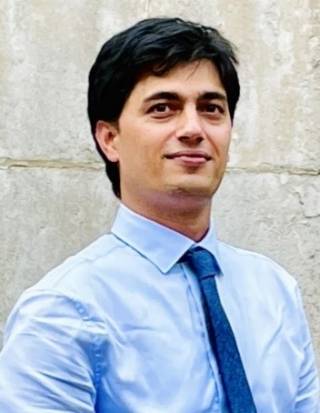
Rohit Adhikari is a Research Fellow within the UNESCO Chair in DRR-RE at UCL. He has obtained a PhD in Structural Earthquake Engineering from UCL with a focus on structural classification, numerical modelling and seismic analysis, fragility and vulnerability assessment as well as risk reduction measures for masonry school typologies. He has worked in the GPSS program of the World Bank in developing the GLOSI library. He has participated in disaster risk assessment projects on school infrastructure in several countries including El Salvador, Dominican Republic and Nepal. During these engagements, he has carried out field survey of school facilities in several countries, has participated in capacity building and knowledge transfer activities. Currently, he is working in the SFRES-Nepal project that aims to develop an assessment methodology for both the structural safety and functional adequacy of school infrastructure.
Ahsana Parammal Vatteri, PhD
University College London
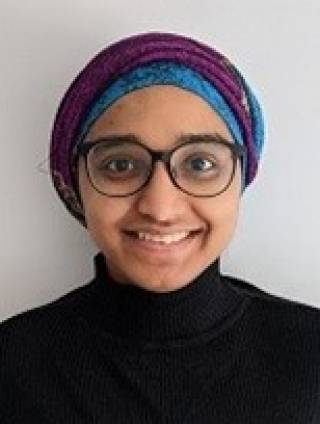
Ahsana works as a post-doctoral researcher within the UNESCO Chair, on probabilistic modelling of integrated school-road systems to improve the disaster resilience and reduce education disruption. She completed her PhD at UCL EPICentre, on multi-hazard vulnerability assessment of school systems using Bayesian networks. She was involved in modifying the World Bank’s GLOSI taxonomy for confined masonry typology. Previously, she worked on seismic safety assessment of schools as a research consultant. Ahsana completed her bachelor and master's degrees from India, where she also worked as a civil engineer.
Rafael Fernández, PhD
University College London
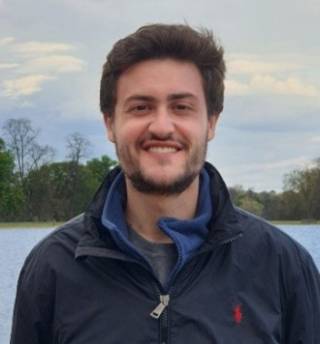
Rafael Fernández is a Research Fellow working within the UNESCO Chair in Disaster Risk Reduction and Resilience Engineering. He has worked on projects funded by the Interamerican Development Bank, The World Bank, and UNESCO, among other national and international entities. His experience includes projects in the LAC region, including Peru, Ecuador, Colombia, Panama, El Salvador, Jamaica, the Dominican Republic, Bolivia, and Barbados. He is a civil engineer, holds a master’s degree in seismic and structural engineering, and a Ph.D. in Engineering from Universidad de Los Andes.
Links
 Close
Close

